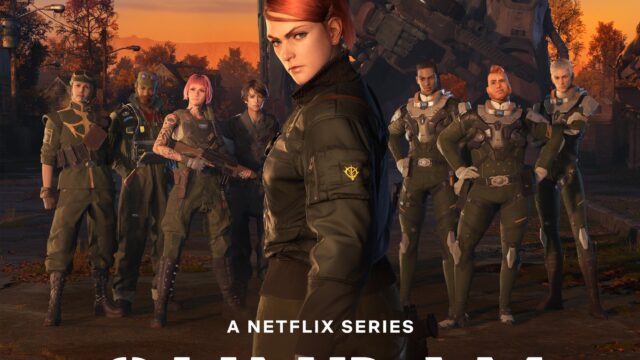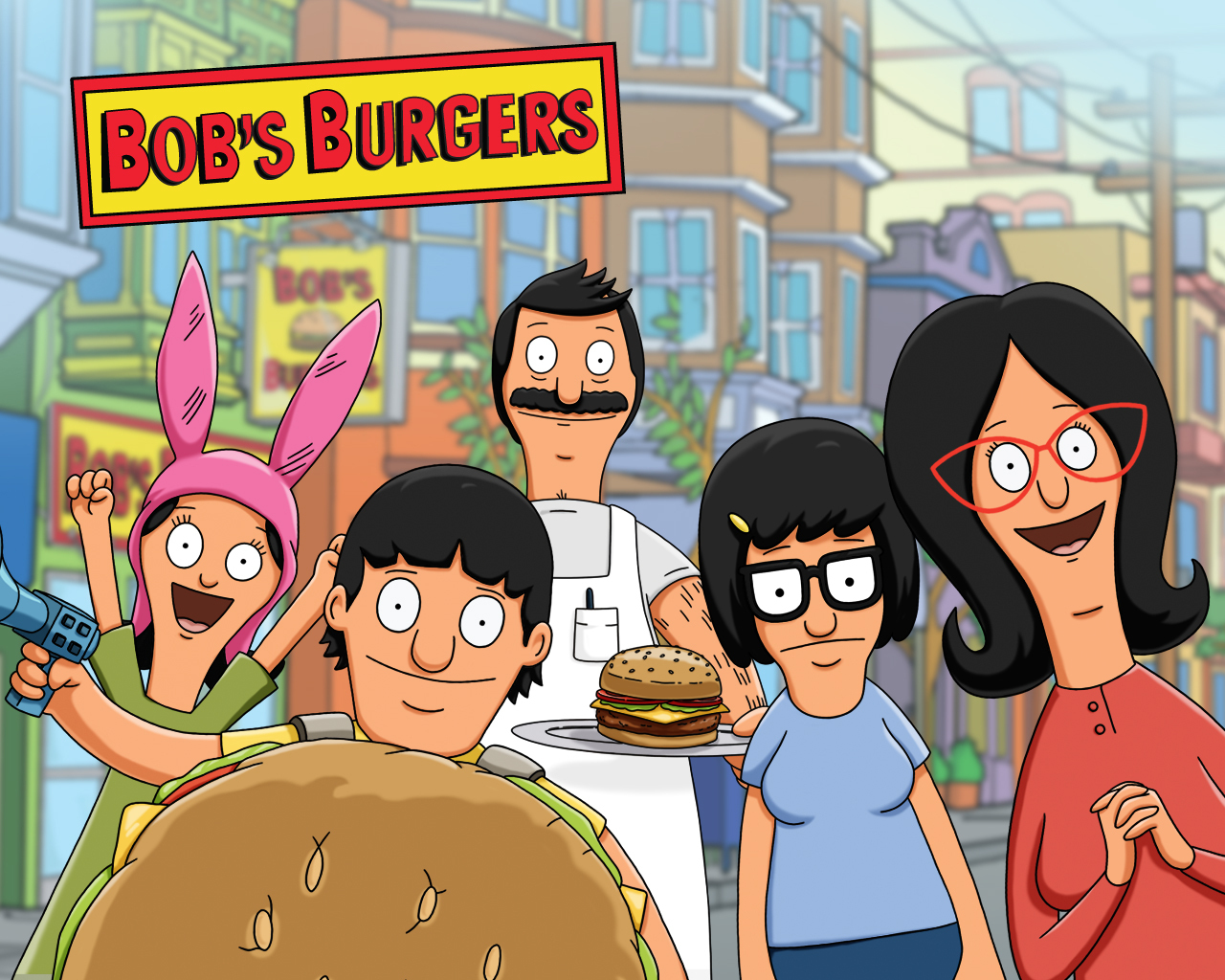English Dub Review: To the Abandoned Sacred Beasts “March of the Behemoth”
Overview:
A Behemoth is in danger of causing a divide between nations.
Our Take:
The Incarnate this time is a Behemoth, who is roaming the countryside and is so large that he can easily topple structures. In his path is a railway, which is one of the few connective routes between the North and the South. If that is destroyed, then it will be much harder for goods and people to travel between the two nations, which would be a disaster. Unfortunately, unlike the Minotaur, the Behemoth doesn’t have a means to verbally communicate with people. However, Hank and Nancy both agree that if there’s a peaceful solution, then they should take it. After all, Hank is only committed to killing Incarnates that get out of hand.
The moral conundrum is a lot less clear cut this time around. It’s true, that the Behemoth is a potential source of danger and could lose his humanity, but he hasn’t lost his humanity by this point. He also has made a deliberate point to avoid any residential areas, so the only people he might have hurt are the soldiers trying to keep him from advancing. If he destroys the railroad, it will cause massive damage and hurt the transportation between the two nations, but that is more economic trouble than the loss of human life. The people who end up sabotaging the mission are those paid by the owner of the railway bridge, not the military itself, who wants the Behemoth gone as soon as possible and lets his own ego hurry things up. In other words, what the Behemoth is threatening the most is profit, not human life. Of course, profit and the need to protect the economy does have its merits, and destroying the bridge is ultimately something that needs to be avoided.
It turns out the soldier who had turned into the Behemoth simply wanted to see the ocean for the first time. Once he manages to see the ocean, he is satisfied, and succumbs to his wounds. It’s fairly tragic, because if not for the ego and greed of the railway company, this likely could have been settled peacefully. Unfortunately, this is just as easily a show of how people react to danger as much as it is what to do when someone becomes a threat. As we see here, it isn’t always for the greater good that spur people to action, but instead the bottom line.


























Just cancel this bird already. The chicken is beyond cooked. It's burnt to a crisp.